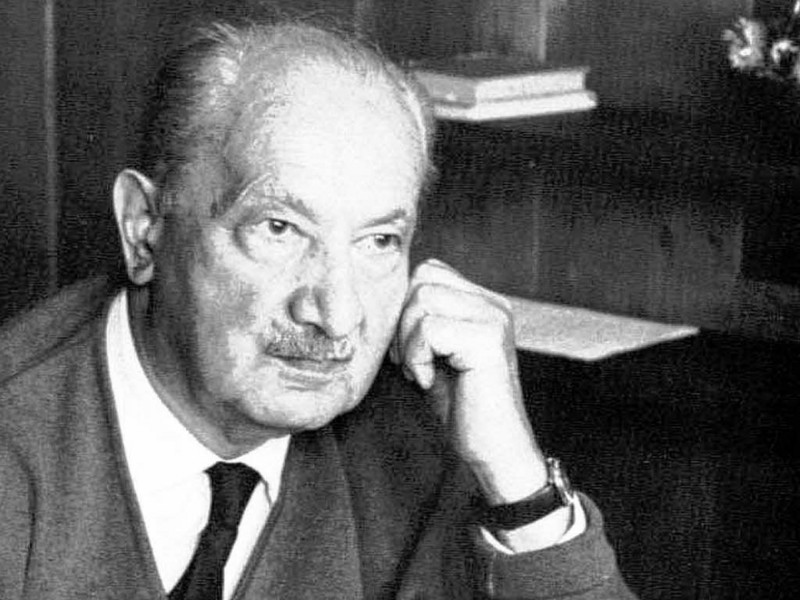3RD LECTURE AT THE GRAMSCI MONUMENT, THE BRONX, NYC: 3RD JULY 2013 THE FRIENDSHIP BETWEEN PHILOSOPHY AND ART MARCUS STEINWEG

Martin Heidegger
Art is an opening to contingency. To assert a form means to make chaos precise. The mode of being of art, Castoriadis says, lies in "giving form to chaos". Art is a "window on chaos" by trying to give it a form. To give chaos a form means to give form to the formless without neutralizing the intensity of formlessness. The unveiling of chaos tears off the veil of ephemeral evidence. It leads toward the incommensurable. Art and philosophy actually live from the difficulty in identifying the cosmos in chaos, a certain order in disorder, and also the chaos in the cosmos. At the point of this difficulty, questions concerning the relationship between being and non-being, presence and absence, stasis and kinesis ignite. The artwork is the arena for this ignition which blocks itself off from its dialectical becalming. The work neither belongs simply to established realities, the world, nor does it transfigure itself into a passage to an ideal beyond. In both art and philosophy it is a matter of rejecting the false alternatives of realism and idealism in order to welcome a difficulty and incommensurability which dialectical reconciliation tends to cover up rather than to have it out.
The friendship between art and philosophy is the friendship of this affirmative refusal which comprises the courage to affirm chaos, resisting the pusillanimities of a blunt refusal of chaos or an adoration of it, its monumentalization into a sublime authority. The subject of art and of philosophy touches itself by relating itself to chaos as the emptiness of its essential determination, to the dimension of a conflict that cannot be mediated. Heidegger calls this conflict the "strife between clearing and concealment", the "twofoldness of world and earth" , alétheia and léthe, disclosedness and concealment. In the essay on the work of art and in his lectures on Parmenides in the winter semester of 1942/43, we can witness this vacillation on Heidegger's part in view of an urléthe which, prior to the origin, corrupts the simple opposition between dis-closedness and concealment. The opposition between alétheia (disclosedness) and léthe (concealment) cannot be decided in favour of a simple disclosedness or openness. Rather, truth (alétheia) comprises the impossibility of such a decision, the impossibility of neutralizing léthe in alétheia, chaos in the cosmos. "Concealmeant hence permeates the primordial essence of truth." There is no knowledge that does not remain left behind in this concealment, in this not-knowing and this closure. Knowing includes that it does not know. Of this kind is the knowledge of philosophy and the knowledge of art. Art and philosophy know that knowledge is not everything. They know about the fragility of any knowledge. Therefore, for them, it cannot be a matter of avoiding knowledge and what can be known, as propagated by a popular anti-intellectualism, but rather, it is always a matter of extending the dimension of what can be known and of keeping it differentiated, complex. The analytical power (understanding in the Hegelian sense of the word ), reflection on determinants and conditions, insight into the complexity of state of affairs, sensibility for the historical, cultural, social and economic codification of knowledge are the precondition for artistic and philosophical production, but they do not constitute any work. The work comprises the transgressing and transcending of its conditions, the corruption of its own will, the unexaminability of its origin, the illegitimacy of its appearance.
